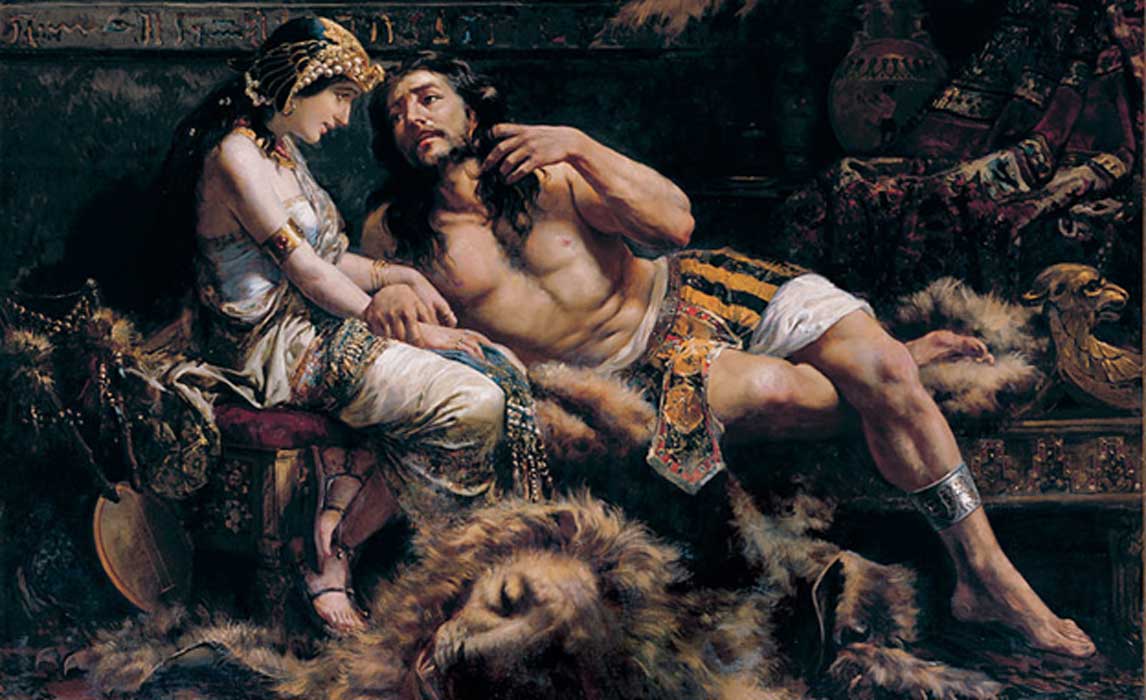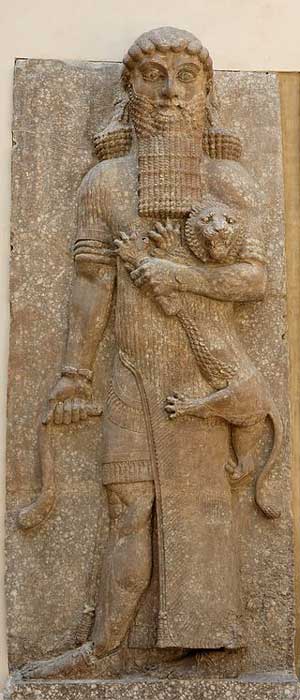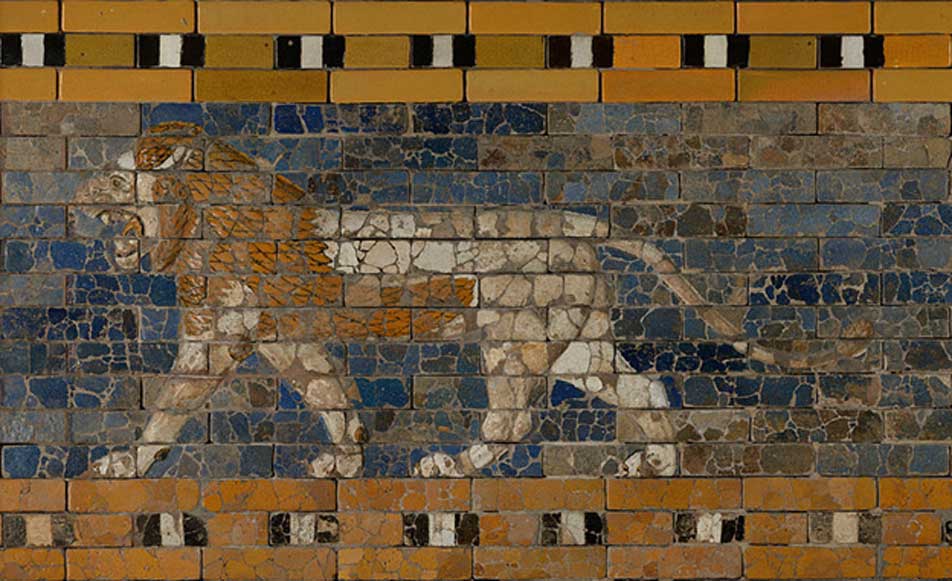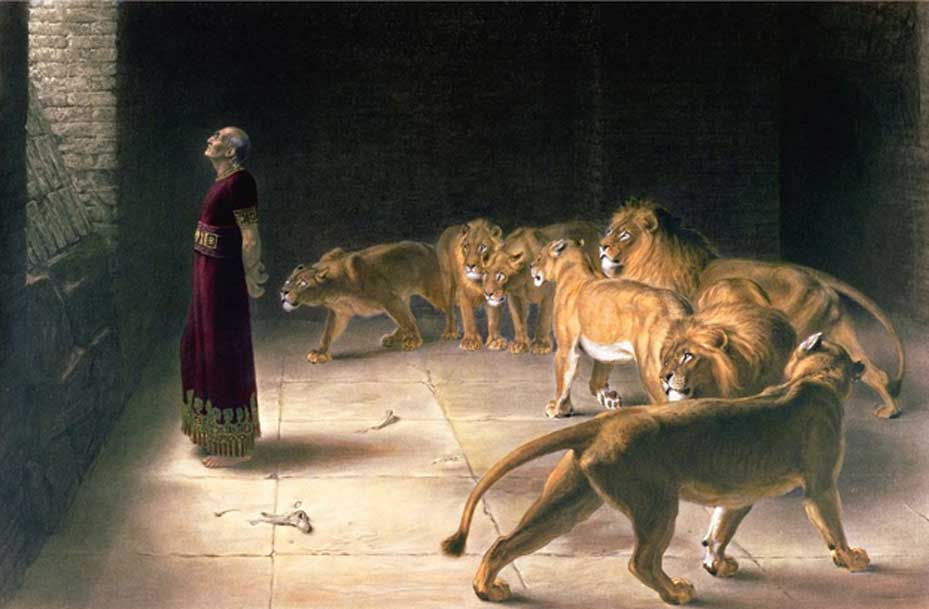
The Last Lions of Asia Almost Lost to Mankind
According to legend, about 3160 years ago, in the Levant, there was an enormously strong man, who tore the jaws of an adult male lion with his bare hands. Samson’ name was derived from the word semes which means ‘sun’. He lived near the village of Beth Shemesh, meaning Temple of the Sun. Samson is well-known for his escapades with Delilah, but killing the lion was the benchmark of his physical vigor. Samson was destined to ‘deliver the Israelites from the Philistines’ and he had the desire to marry a woman from Timnah. As he approached a vineyard near Timnah, a young lion rushed out and attacked him. Samson killed the lion with his bare hands. In 2012 Professor Shlomo Bunimovitz and Dr Zvi Lederman discovered a very interesting circular stone, depicting a man with long hair fighting a lion, at Beth Shemesh, near Jerusalem. Whether the Biblical legend regarding Samson is true or not, may be irrelevant, but what is true, is that there were lions in the Levant. Adventurer and conservationist Willem Daffue, pursues the spoor of the last remaining lions of Asia.

Possible representation of Enkidu as Master of Animals grasping a lion and snake, in an Assyrian palace relief, from Dur-Sharrukin, now Louvre (Public Domain)
Lions of Mesopotamia
Samson’s story reminds of Enkidu, who according to the ancient Mesopotamian epic Gilgamesh, was a wild man, created by Aruru, the goddess of creation, from water and clay, to rid Gilgamesh, king of Uruk (circa 2100 BC) of his arrogance. Like Samson, who succumbed to the charms of Delilah, Enkidu mated with the woman Shamat and thereby lost his wildness and ability to communicate with the wild animals. His test of strength was a wrestling match with King Gilgamesh, which he lost, but he gained the king’s friendship and loyalty for life. Enkidu is depicted as grasping a lion to his side.
Tiglath-Pileser, king of the Assyrians (744 – 727 BC) smashed his enemies like pots – in his own words – and deported more than 250,000 people to distant regions to disrupt regional loyalties. Tiglath-Pileser boasted about how he personally had killed 920 lions. Nineveh was the capitol of the Assyrian empire (present-day Syria, Iran and parts of Turkey), and the king hunted these lions within the boundaries of his kingdom, implying that there were an abundance of lion prides roaming the hills and valleys of Syria, Iran and Turkey about 2700 years ago.

One of the lions decorating the Processional Way, Babylon. (Public Domain)
The Hanging Gardens of Babylon is considered one of the seven wonders of the ancient world. King Nebuchadnezzar II constructed the walls of Babylon in 575 BC. The Isthar Gate was the eighth gate of the inner city, located on the northern side. The Processional Way ran through this gate and it was lined with walls decorated with 120 lions. The goddess Isthar is depicted as a heavily armed goddess, always associated with lions. During the era of the kingdom of Babylon from the 18th to the 6th centuries BC, lions were hunted on the banks of the Tigris and Euphrates rivers.
Another Biblical legend refers to Daniel, advisor to King Darius of the Medes. Jealous rivals of Daniel conspired to trick King Darius into issuing a decree which inadvertently condemned Daniel to death and King Darius had him thrown into the lions’ den, hoping he would survive, which he miraculously did. Darius the Mede (not to be confused with Darius the Great) was supposed to be a king of Babylon between Belshazzar and Cyrus the Great, which would date this story to circa 539 BC. No evidence of such a king could be found, but it is interesting that it is inferred that a lion pit existed in Babylon (present-day Iraq).





